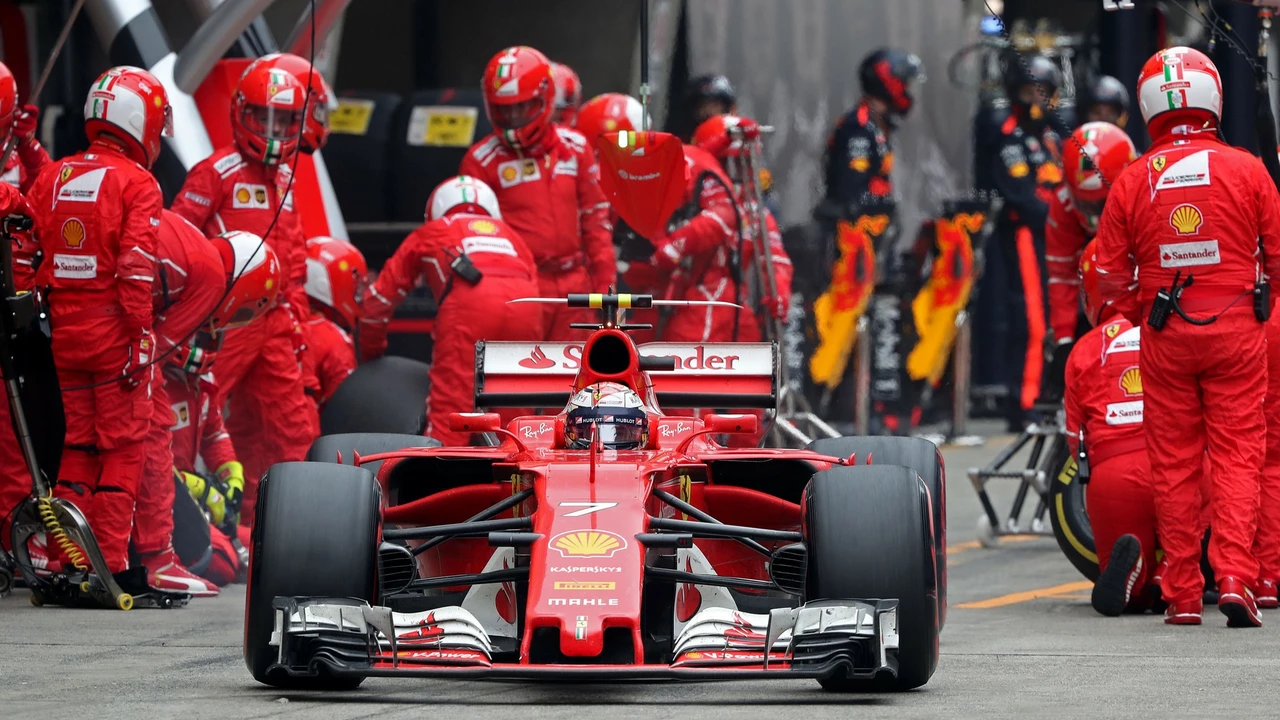Pitstop Speed Comparison: How to Measure, Compare, and Improve Your Crew’s Performance
When you hear a car zip past the finish line, most fans think about horsepower or driver skill. In reality, a fast pitstop can be the hidden edge that wins races. Every second a car spends in the pit lane is a second lost on the track, so teams spend a lot of time figuring out who’s fastest and why. If you’re looking to see how your crew stacks up or want to shave a few seconds off, this guide will walk you through the basics of pitstop speed comparison and give you easy steps to get quicker.
What Exactly Is Pitstop Speed Comparison?
Pitstop speed comparison is simply measuring how long a pitstop takes and then looking at that number against other stops. You can compare stops from the same race, different tracks, or even across seasons. The goal isn’t just to brag; it’s to spot where time is being wasted. Typical data points include the total time from pit entry to exit, the time for each task (wheel change, refuel, tire check), and the crew members’ individual actions. By breaking the stop down, you can see if a tire gun is slow, a jack is late, or a communication glitch is holding things up.
Most professional teams use timing loops embedded in the pit lane and high‑speed video to capture millisecond data. For smaller clubs or hobby racers, a simple stopwatch and a notebook work just fine. Record the start and finish times, then write down what happened in each part of the stop. Over a few weeks, you’ll start to notice patterns – maybe the front‑left wheel always takes a beat longer, or the fuel nozzle needs a new hose.
Easy Ways to Track and Boost Your Pitstop Times
1. **Use a Consistent Timing Method** – Whether you pick a digital timer or a phone app, always start the clock the moment the car’s front wheels cross the pit entry line and stop it when the car’s rear wheels cross the exit line. Consistency removes guesswork.
2. **Break the Stop Into Tasks** – Write down each action (jack up, wheel removal, new tire fit, wheel‑nut tighten, fuel fill, jack down). Time each step separately. This tells you which task is the bottleneck.
3. **Film the Pitlane** – A quick video from the pit wall gives you visual clues you can’t hear. Watch it later and see if anyone hesitates, trips, or mis‑communicates.
4. **Set Small Goals** – Instead of trying to cut five seconds in one go, aim for a half‑second improvement on a single task. When the crew gets used to the new rhythm, move on to the next task.
5. **Practice, Practice, Practice** – Run pitstop drills without a car on the track. Use a mock car or a simple frame. Repeating the same motions builds muscle memory and cuts thinking time.
6. **Gear Up** – Sometimes a slower time is just equipment. Make sure your wheel guns are fully charged, the jacks are lubricated, and the fuel hose is in good shape. Even a small upgrade can shave off a second or two.
7. **Communicate Clearly** – A quick “Ready, go” from the crew chief can keep everyone synced. Use hand signals or a simple radio call that everyone knows.
By logging data, watching videos, and making incremental changes, you’ll see your pitstop times drop. Compare your new numbers with the old ones and celebrate the wins – even a half‑second feels huge when you’re racing.
Remember, pitstop speed comparison isn’t about blaming anyone; it’s a tool to make the whole team faster. Keep the atmosphere positive, focus on one improvement at a time, and soon those seconds you save will translate into laps gained on the track.
Why are Indycar pitstops slower than F1 pitstops?
Indycar pitstops often seem slower than F1 pitstops due to a variety of factors. Firstly, the refuelling process included in Indycar pitstops adds extra time. Furthermore, the mechanics in Indycar use hand-held pneumatic jacks, rather than the built-in hydraulic jacks used in F1, which also adds a few crucial seconds. Additionally, IndyCar teams are made up of fewer crew members, which can slow down the process. Lastly, the design of the cars themselves, including tire sizes and lug nuts, can also contribute to the longer pitstop times in Indycar.
